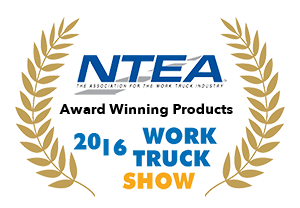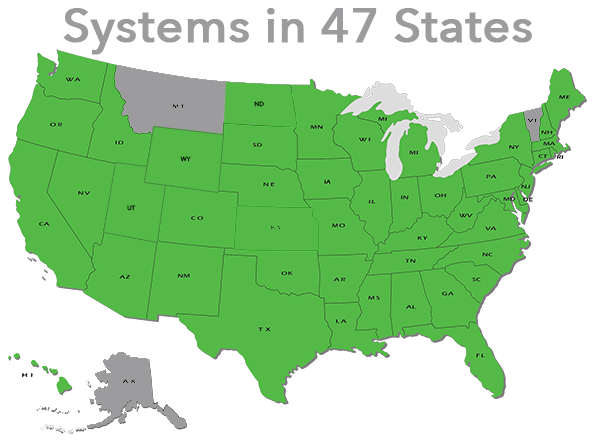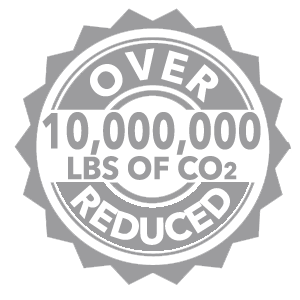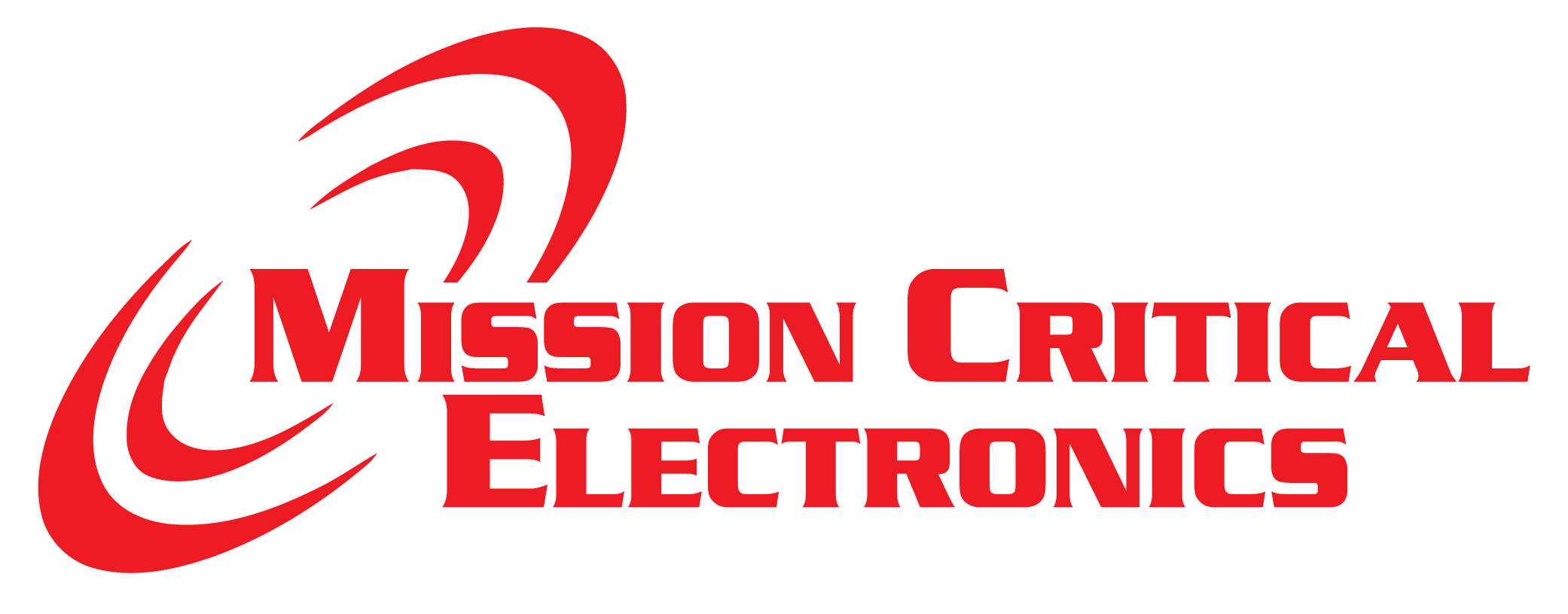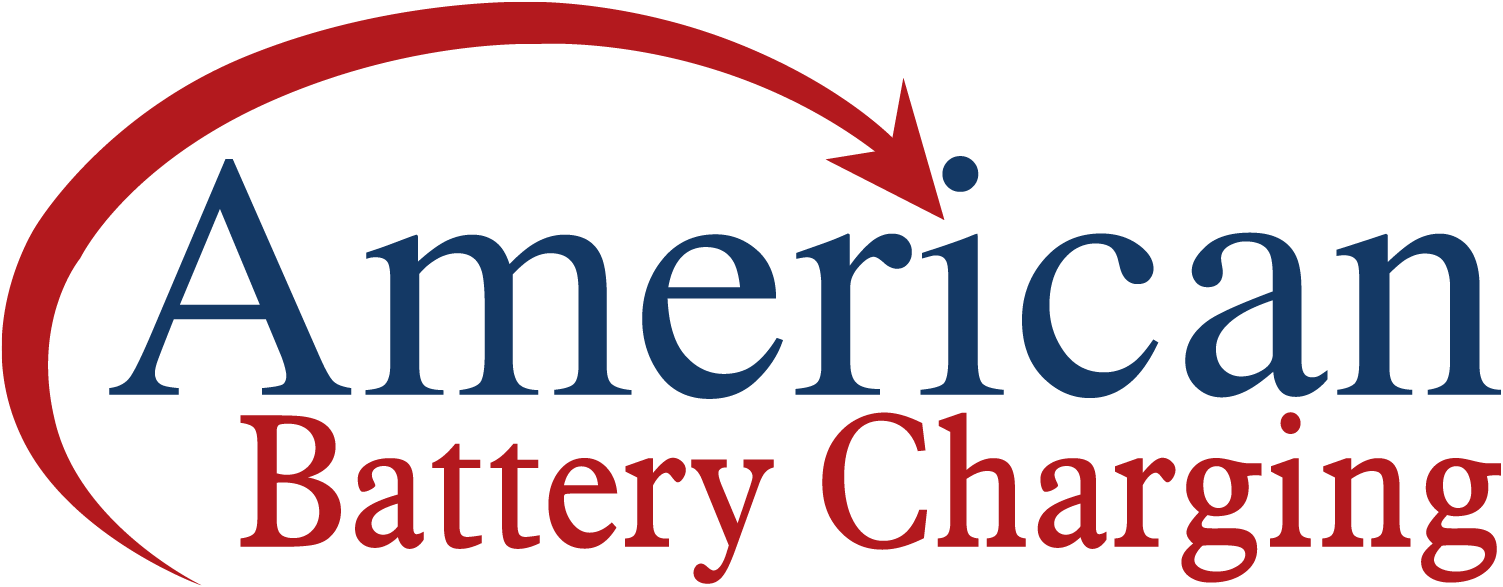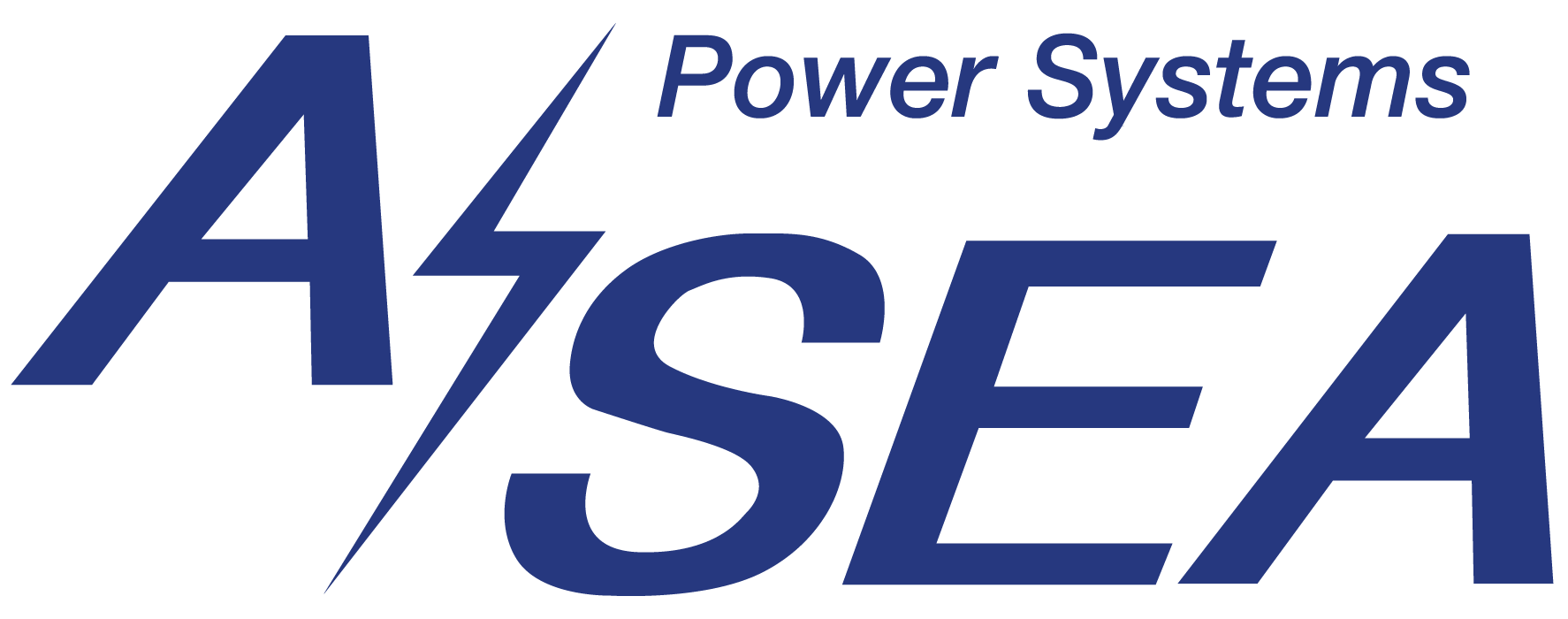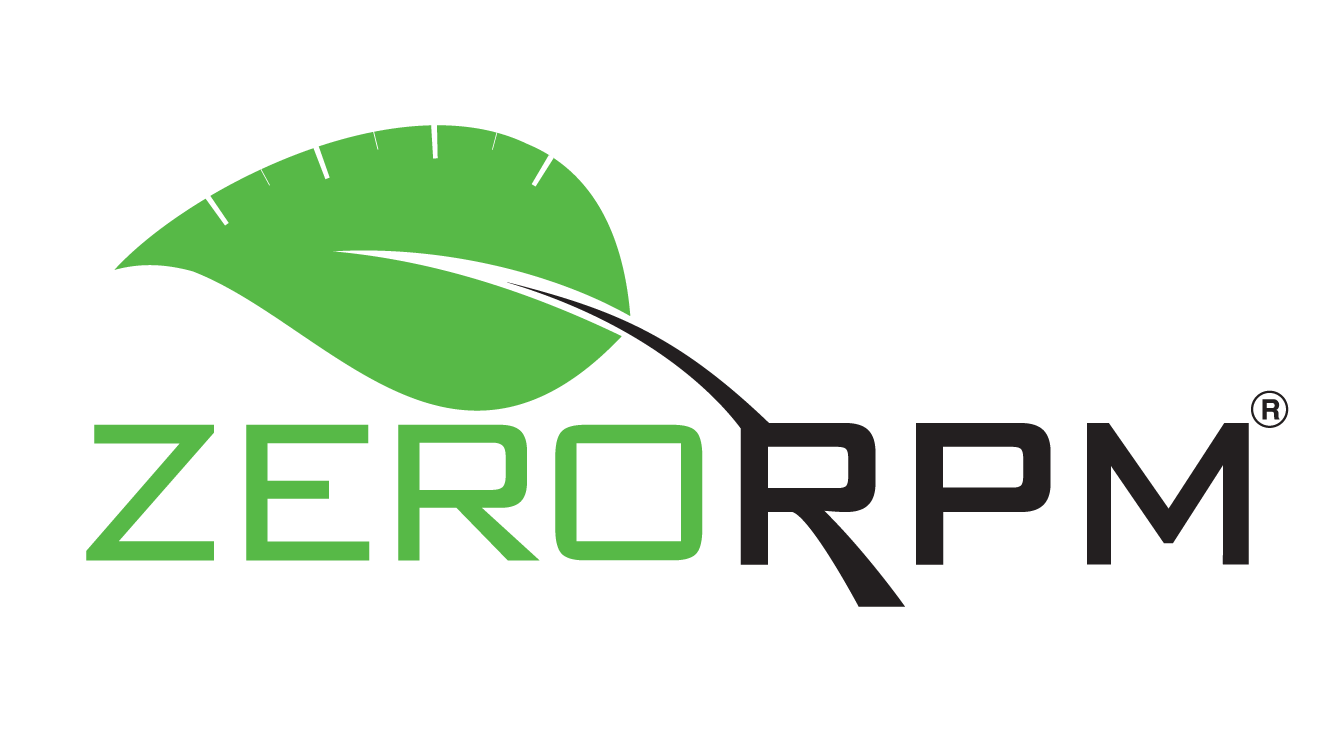What is the electric power grid, and what are some challenges it faces?
Last Updated: September 16, 2014
The U.S. power grid is the electrical system that connects electricity producers and consumers by transmission and distribution lines and related facilities. It has evolved into three large interconnected systems that move electricity around the country. Mandatory reliability standards have been developed by the electric power industry and approved by the Federal Energy Regulatory Commission (FERC) to ensure coordinated electric system operations. FERC is an independent federal agency that regulates the interstate transmission of natural gas, oil, and electricity.
The process of transporting electricity
Getting electricity from power generating stations to our homes and workplaces is a challenging process. To ensure the stability of the entire power grid, electricity must be produced at the same time it is used as large quantities of electrical power cannot be stored effectively.
High-voltage transmission lines, which are often seen hanging between tall metal towers along the highway, are used to carry electricity from power generating stations to the places where it is needed. However, when electricity flows over these lines, some of it is lost. One of the properties of high voltage lines is that the higher the voltage, the higher the carrying capacity and the more efficient they are at transmitting electricity, resulting in lower losses of electricity. Using transformers at substations, high-voltage electricity is stepped-down several times to a lower voltage before arriving over the distribution system to homes and businesses so it can be used safely.
History of the electric power grid
Around the beginning of the 20th century, there were over 4,000 individual electric utilities, each operating in isolation. Almost all of them used low-voltage, direct current connections from nearby generating power plants to the distribution lines serving their local customers. The power industry soon began to favor the adoption of alternating current (AC) technology, which can transmit electricity over longer distances than direct current. The more widespread use of AC electricity allowed the industry to build larger power plants that did not need to be located close to the utilities' customers.
As the demand for electricity grew, particularly in the post-World War II era, electric utilities found it more efficient to interconnect their transmission systems. This enabled utilities to share the benefits of building larger and often jointly-owned generating units to serve their combined electricity demand at the lowest possible cost. Interconnection also reduced the amount of extra capacity that each utility had to hold to ensure reliable service. Over time, three large interconnected systems evolved in the United States because growing demand and the accompanying need for new power plants provided an increasing need for higher voltage interconnections to transport the additional power longer distances. Today, these three large interconnected systems separately serve the eastern and western halves of the United States and Texas.
U.S. electrical systems are now interlinked
Today, transmission and distribution lines owned by an individual utility are no longer used only by that utility. Electrical systems have been expanded and interlinked.
Close coordination of operations within the three power grids is needed to keep the various components linked together. The interlinked systems now include about 2,000 electric distribution utilities, more than 300,000 miles of transmission and distribution lines, millions of customers, and 7,000 power plants.
Electric utilities are responsible for maintaining the safety of their systems and planning for the future needs of their customers. Initially, voluntary standards were developed by the electric power industry to ensure coordination for linked interconnection operations. These voluntary standards were instituted after the historic power blackout in 1965 that left much of the northeastern United States (including New York City) and parts of Canada in the dark.
Today, there are mandatory reliability standards for planning and operating power systems and for addressing security concerns regarding critical electrical infrastructure. These standards are developed, and compliance is enforced, by the country's designated electricity reliability organization, the North American Electric Reliability Corporation (NERC). NERC's activities are regulated and overseen by FERC.
The national power grid

Challenges facing the power grid
The age of most electrical transmission facilities in the United States ranges from several years to many decades old. Investments in U.S. electrification began in the early 1900s and were driven by the increased use of new transmission technology, the growing use of central station generating plants to serve large areas, and growing electricity demand following World War II. Given its age, some existing lines have to be replaced or upgraded and new lines will need to be constructed to maintain the electrical system's overall reliability.
Significant challenges to improving the power grid infrastructure are:
Siting new transmission lines (and obtaining approval of the new routes and needed land) when there is opposition to construction. Determining an equitable approach for recovering the construction costs of a transmission line being built within one state when the new line provides economic and system operation benefits to out-of-state customers. Ensuring that the network of long-distance transmission lines reaches renewable energy generation sites where high-quality wind and solar resources are located, which are often far from areas where demand for electricity is concentrated. Addressing the uncertainty in federal regulations regarding who is responsible for paying for new transmission lines; this uncertainty affects the private sector's ability to raise money to build them. Protecting the grid from physical and cybersecurity attacks.


